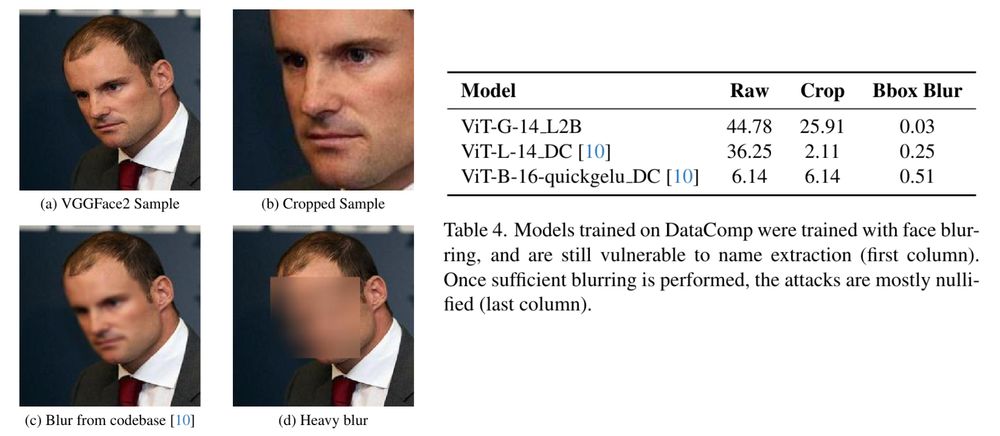

(1) Alice has Bob's name (see Hintersdorf et al) (2) Alice has a phonebook with Bob's name (3) Alice generates a set of plausible names (then performs 2). (4/10)

(1) Alice has Bob's name (see Hintersdorf et al) (2) Alice has a phonebook with Bob's name (3) Alice generates a set of plausible names (then performs 2). (4/10)

